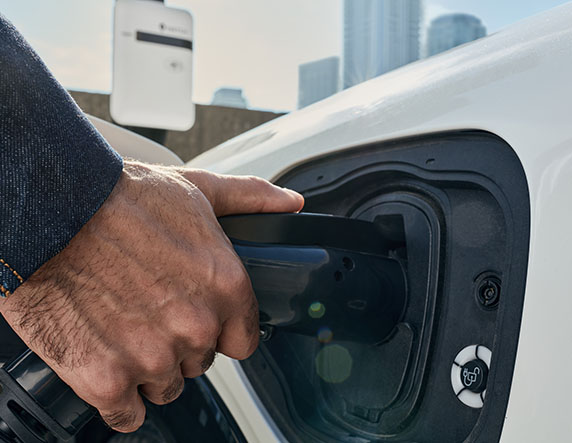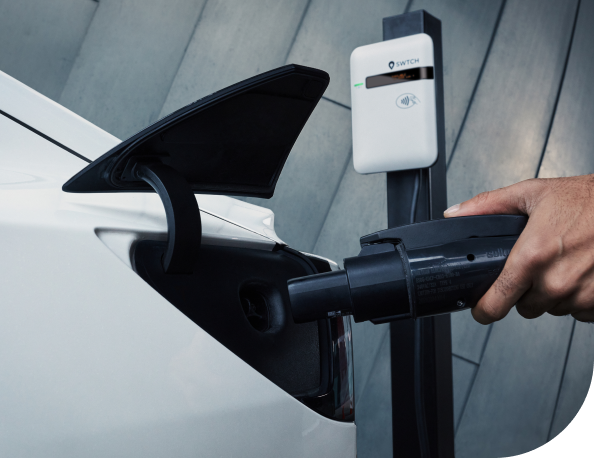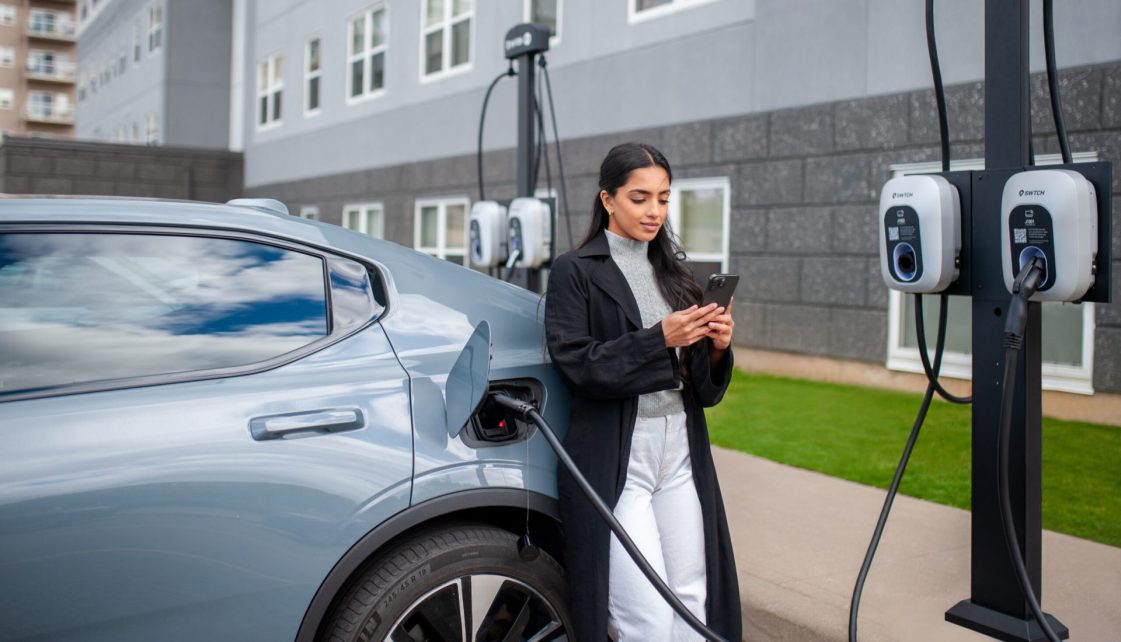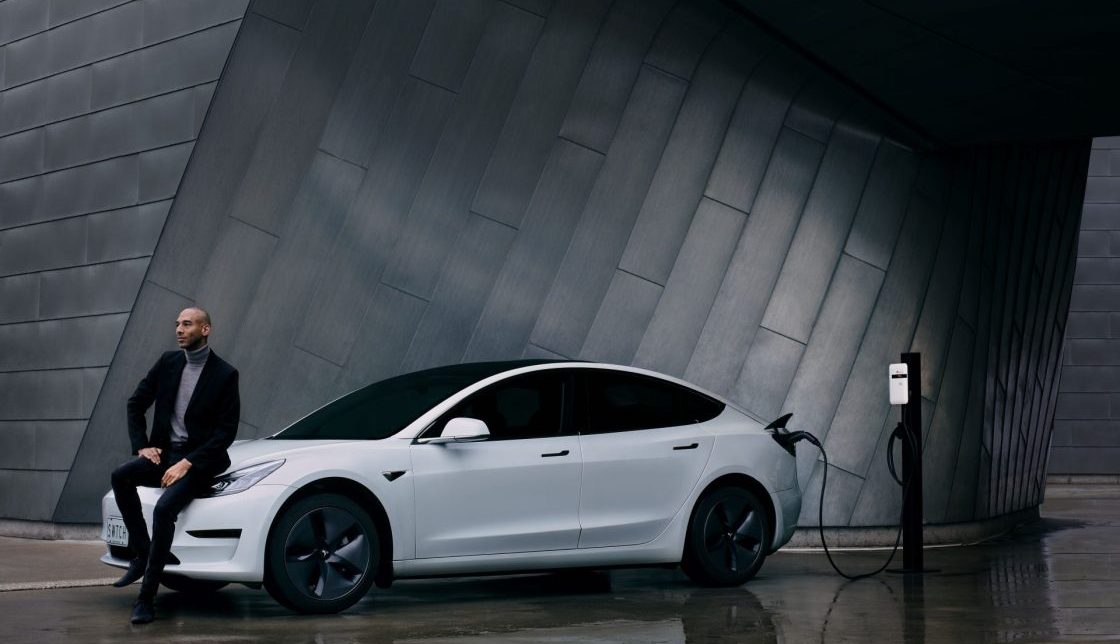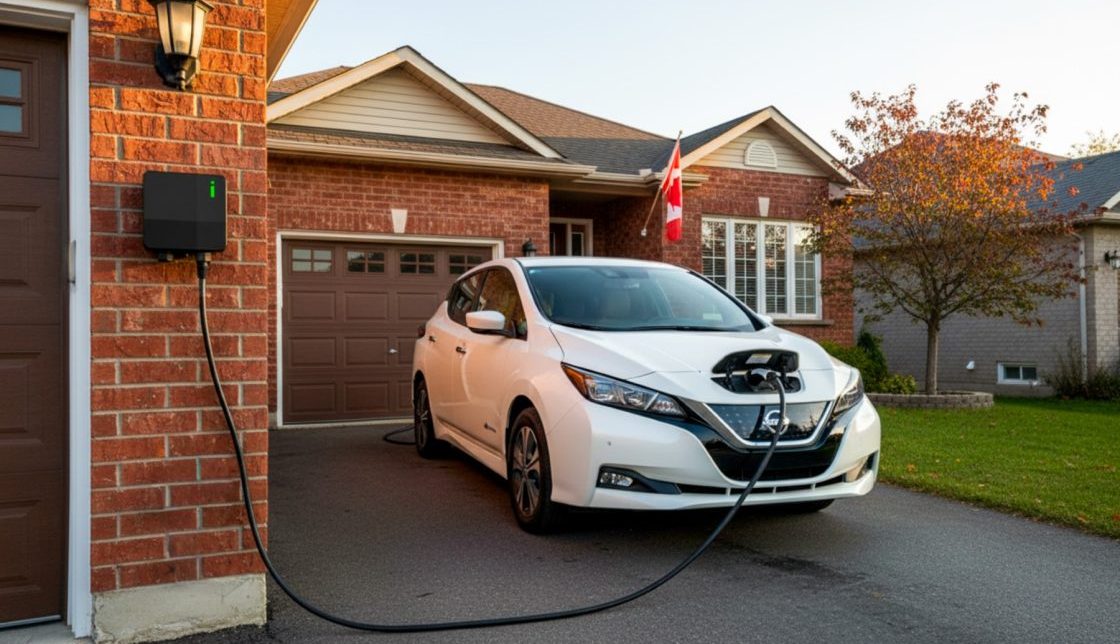Smart parking’s missing link: Why integrated EV charging is a must
The humble parking garage is no longer just a concrete box for storing vehicles. Today’s facilities are evolving into smart and sustainable mobility hubs powered by a variety of connected technologies, such as automatic number-plate recognition and dynamic pricing that fluctuates with demand.
As of 2023, the US smart parking market was valued at $2.47 billion, and it’s projected to reach USD 6.70 billion by 2029. Through the introduction of new kinds of sensors, automation, and enhanced connectivity, there are some exciting opportunities to optimize parking operations and enhance the parking experience for drivers.
But there’s one specific amenity that ought to receive the lion’s share of attention today: EV charging. Though some operators still view this as just another item to check off the list, it should instead be seen as a core component of an integrated smart parking ecosystem.
The current reality: EV charging as an afterthought
Walk through many parking facilities today, and you’ll see the problem immediately. EV charging stations often appear to be totally separate entities from the parking facilities in which they sit. There tends not to be enough of them, they may be tucked away in a corner, and they usually rely on totally separate payment systems or apps. They’re treated like add-ons to check a box, not essential infrastructure for modern parking.
This approach creates several problems:
For customers: It takes juggling multiple apps—one for parking, another for charging, sometimes a third for payment—just to complete what should be a simple transaction. Will they still plug in to charge? Possibly, but without the same enthusiasm, and those with other options might not charge at all.
For operators: It becomes difficult to piece together the data to understand how charging impacts your business. Your parking management system shows space utilization, but you have no idea how charging patterns affect dwell times, peak usage, or revenue opportunities. Critical business intelligence lives in separate silos.
For the bottom line: Facilities with standalone charging stations consistently see lower utilization rates and higher customer complaints. You’re investing in charging infrastructure without capturing its full potential value.
The disconnect isn’t just inconvenient—it’s expensive. When systems don’t talk to each other, you’re essentially running multiple separate businesses under one roof, each with its own overhead, management requirements, and missed synergies.
Bridging parking and charging with connected EV solutions
Where EV charging as a standalone service creates challenges, integration creates new value.
For customers: A seamless experience that covers everything from finding an available space to making a single payment for parking and charging, all in a unified interface. It eliminates the need to juggle multiple apps or payment systems and makes the entire process far simpler.
For operators: Integration eliminates redundant interfaces and consolidates management tasks, streamlining the workflow for your team.
For the bottom line: Comprehensive data analytics reveal powerful insights when parking and charging data are combined. It might reveal that charging produces a strong occupancy benefit, for instance, that leads you to invest in more charging stations sooner than expected.
The best part? Because many parking and charging solutions are built with integrations in mind, it typically won’t cost you anything more to integrate than what you’re already paying. Your providers will likely be happy to work with you to connect your systems and ensure you have smooth, simple user and management experiences across the board.
Making the parking + EV charging integration work
The foundation of successful integration is selecting parking and charging solutions that can communicate with each other through APIs—interfaces that allow different software systems to share data seamlessly.
Though there are many ways to integrate parking with EV charging, the three elements that are likely to be most important include:
- Mobile apps that handle parking and charging reservations, booking, and payment through a single interface
- Payment systems that consolidate all transactions and simplify accounting
- Data analytics that reveal usage patterns across both parking and charging
These elements represent the most straightforward path to establishing a unified parking and charging experience with minimal friction, minimal input by your team, and deep data to help you understand the impact of charging on your business, when you ought to install more chargers, and other critical information.
Building your competitive advantage
Operators who approach EV charging as a core component of their smart parking strategy, rather than as a standalone amenity, will create more value for users while maximizing operational efficiency and revenue potential.
The future of parking is one of interconnected ecosystems that enhance every aspect of the mobility experience. As the US parking management market continues its trajectory toward $15 billion by 2030, the competitive advantage will belong to those who embrace this integrated approach today.
Are you ready to transform your parking facility into an intelligent mobility hub?
Contact SWTCH today to learn how we can integrate with your parking systems!

